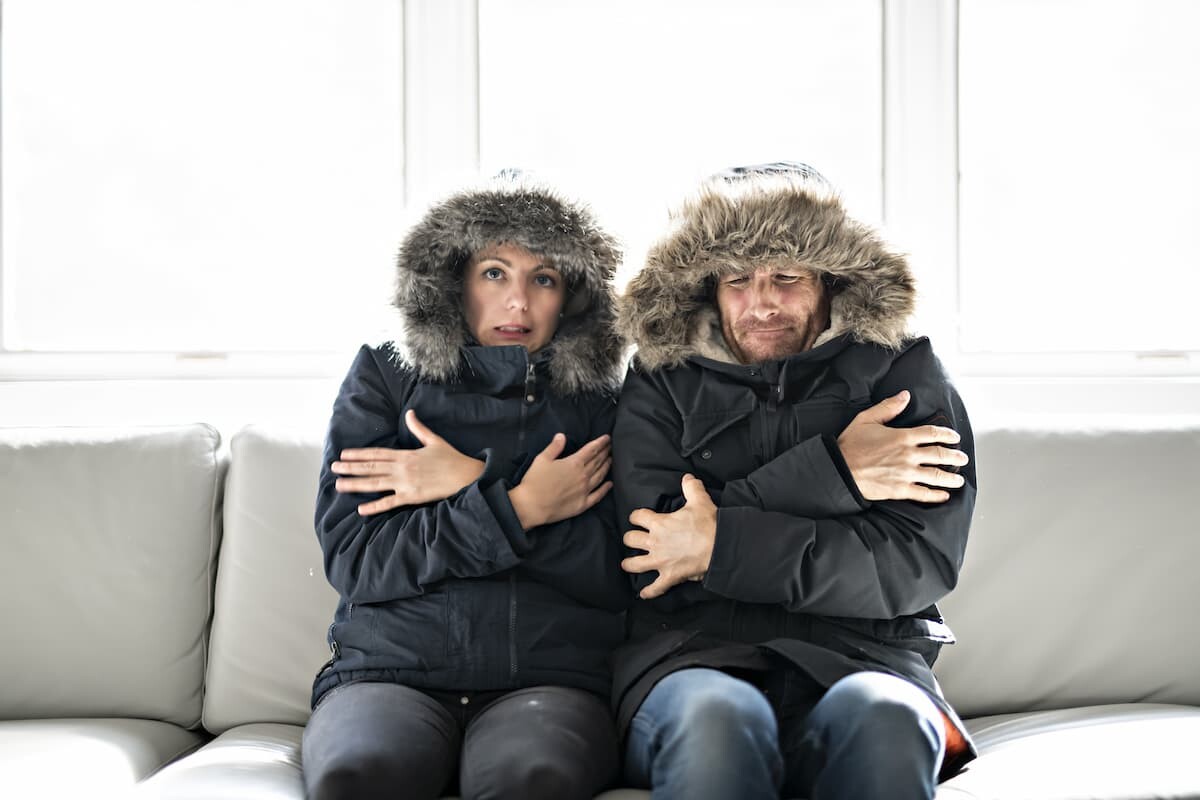
How to Stay Warm With No Power
Early this year, the Dallas-Fort Worth area experienced record breaking winter storms and cold weather. This placed a huge strain on the electrical grid, and led to power outages. It also meant that rolling electrical blackouts were started which left many without power. While we certainly hope that this power outage crisis doesn’t repeat itself this coming year, it’s still important to be prepared. We’ve put together this guide on what you can do to keep yourself and your family warm in the event of a winter power outage. We’ve also included information about the things you should NEVER do!
What NOT to do in a power outage:
- DO NOT run your car in an enclosed space. While car exhaust is hot and can heat up a room, it is also toxic and potentially deadly. Carbon monoxide is an odorless and colorless gas. In an enclosed space, carbon monoxide toxicity can lead to sudden illness and death. There are safer and better ways to stay warm that don’t carry such dangerous risks!
- DO NOT burn charcoal indoors. Barbecue pits, charcoal grills, and camp stoves can all produce carbon monoxide. This is the same deadly gas that makes it dangerous to run your car in an enclosed space. That’s why you should always use these grills outdoors in a well ventilated area. Know the symptoms of carbon monoxide poisoning and stay safe this winter.
- DO NOT leave gas stoves or ovens running. You should never run a gas powered appliance overnight. You should also never leave these appliances running in a small enclosed space for a long period of time. On top of producing small amounts of carbon monoxide that can build up to dangerous levels, they can also be highly inefficient. If the flame goes out, there will still be a steady stream of gas flowing into your room.
What to do in a power outage:
- DO wear several layers of clothing. Our bodies naturally produce heat. Put on extra layers to help trap your body heat. Wool clothing, thermals, coats, sleeping bags, and blankets are all great at retaining heat. A good rule of thumb is to use at least 3 layers of clothing. Remove layers if you get too warm, you don’t want to overheat! Get more detailed information on the best kind of cold weather clothing here.
1. Long underwear: Long johns, thermals, and leggings are all great options for extended wear beneath your other layers. If you don’t own long sleeved thermals, tank tops, t-shirts, or other close fitting clothing will work in a pinch!
2. Middle layer: The next few layers help wick away the moisture from your long underwear and let it evaporate away. Look for synthetic materials for this layer, or wool. Sweaters, hoodies, and sweatpants are great options for this layer. Make sure this layer isn’t skin tight! You want it to be at least a little breathable to let your body’s moisture evaporate, while still trapping in warmth.
3. Insulating layer: Break out your winter coat! A coat with with several inches of material and insulation is best. Thickness = warmth! If your coat has down feathers for insulation, make sure not to get it wet. A water resistant coat serves better than a waterproof coat in this case. Again, you’ll want to let your body’s moisture evaporate away and a waterproof lining will trap it.
- DO create warm spaces in your home. Try and create one or two rooms in your home where everyone can stay warm. As mentioned before, our bodies produce warmth naturally! Keeping multiple people together in a small space will be warmer than everyone spread out throughout the house. Close off any unused rooms and block the cracks under the doors with towels, blankets, or something similar. Keep your curtains closed, unless the window gets direct sunlight. The sun will help provide additional heat in the day time! In general, the smaller the space, the warmer you’ll be.
- DO seek help if you need to! If the worst should happen and Texans lose power again this winter, don’t wait till it’s too late to get help! If your home will be without power for hours or days, find the nearest available warming shelter. Find available shelters via the Red Cross website and be sure to drive safely!
